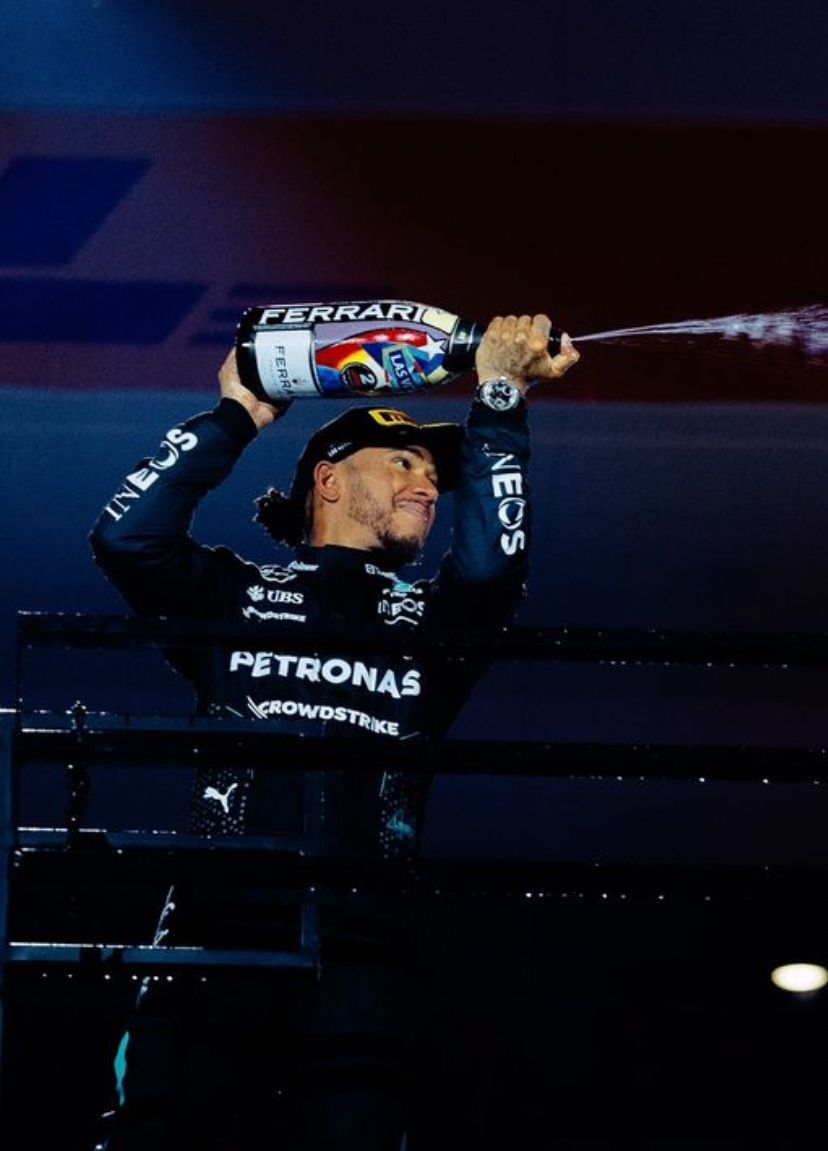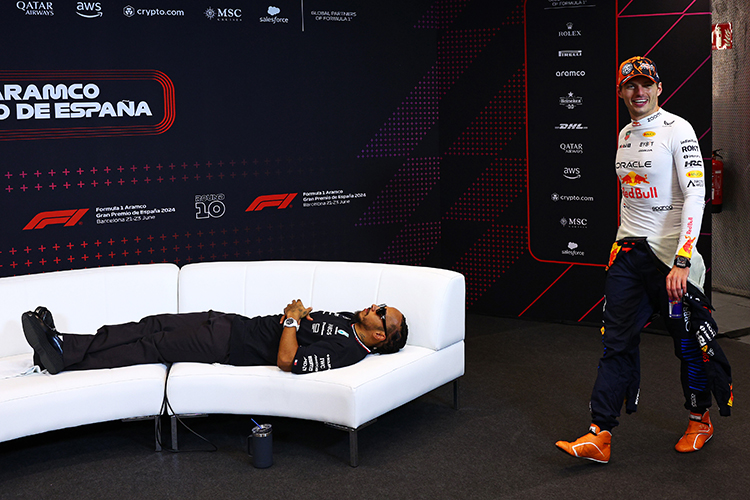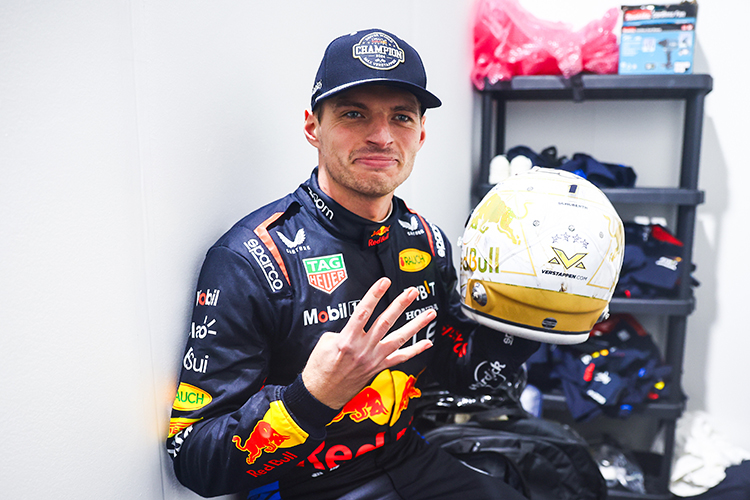How DRS Balances Car Performance and Tactical Racing in Formula 1

Formula 1 World Champions: A legacy of racing legends
How does DRS affect the balance between car performance and tactical racing?
Explore how DRS affects the balance between car performance and tactical racing in Formula 1, shaping strategies and influencing qualifying and overtaking dynamics.
The DRS Dilemma: Balancing Speed and Strategy
The introduction of the Drag Reduction System (DRS) in Formula 1 ushered in a new era for the sport. Designed to promote overtaking, DRS allows a pursuing car to temporarily reduce aerodynamic drag by opening a flap on the rear wing. While it enhances on-track action, it has sparked debates about its impact on the balance between raw car performance and tactical racing.
DRS: The Mechanism of Speed
DRS plays a dual role in Formula 1. It increases straight-line speed to aid overtaking while adding a layer of strategic depth to races. However, its usage is tightly regulated:
- DRS can only be activated in designated zones on the track.
- A driver must be within one second of the car ahead at detection points to use DRS.
- The system is disabled in wet conditions for safety reasons.
These restrictions ensure that DRS serves as a tactical tool rather than a constant performance booster.
The Performance Paradox
Car Development
Teams invest heavily in engineering excellence, optimizing aerodynamics, engines, and tire management. DRS introduced a new variable into car design, requiring teams to balance performance with the system's tactical use. Critics argue that DRS can overshadow the inherent capabilities of a car, as it may level the playing field by reducing advantages built through engineering precision.
Driving Skill
While DRS adds a tactical dimension, it also raises questions about its impact on driver skill. Deploying DRS at the right moment requires strategic thinking, but some purists feel it reduces the emphasis on overtaking as a test of pure racecraft and driver ingenuity.
Tactical Evolution
Strategy Over Speed
DRS has significantly influenced race strategies. Teams and drivers now incorporate DRS zones into their plans for attacking and defending, adding psychological complexity to the physical demands of racing. Even pit stop timing is adjusted to maximize the potential of DRS zones.
Qualifying Conundrums
DRS has also reshaped qualifying strategies. Drivers often aim to secure positions that maximize their ability to leverage DRS early in the race. This has led to tactical positioning battles that begin long before the lights go out.
Finding the Balance
The debate over DRS reflects a broader discussion within Formula 1: how to balance car performance with tactical racing. Purists argue for a focus on driver skill and engineering prowess, while others appreciate the strategic depth DRS brings to the sport. The challenge lies in refining DRS to enhance overtaking without undermining the sport's core values.
Formula 1 continues to evolve, with regulation changes and adjustments to DRS zones aimed at striking this balance. The goal is to ensure that DRS remains an asset to the sport, enriching its competitive essence while preserving its authenticity.
Conclusion
DRS has transformed Formula 1 by influencing both car performance and racing tactics. Its impact extends beyond overtaking, shaping strategies that define the competitive nature of the sport. As Formula 1 moves forward, refining DRS will be crucial to maintaining its role as a tool that enhances excitement while staying true to the spirit of racing.
Up Next


